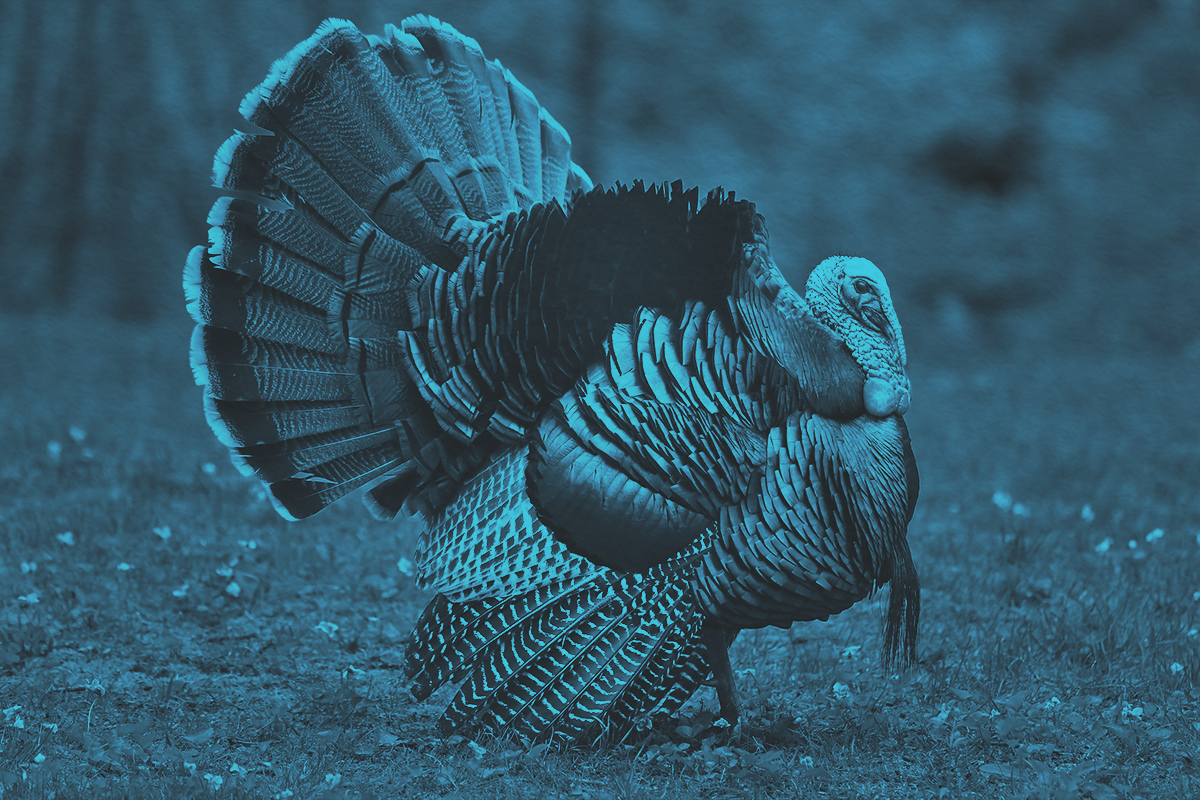
With every new generation comes a fresh set of slang. For instance, Gen Z can’t stop talking about having rizz, spilling tea, and being sus. But there was a time when now-older generations were also in their teens and 20s, communicating in a language full of code words and made-up sayings of their own. While most of those phrases have fallen into disuse, we think some of them are worth bringing back. Here’s a look at vintage vernacular that deserves a comeback.
“Gas” was once widely used for a thing or person thought to be outrageously fun. For example, you could say, “That guy at the party last night was a real gas,” or, “The trip I went on was an absolute gas from start to finish.” The word has been used in Irish culture as a figurative substitute for enjoyment since as far back as the early 1900s. It jumped into U.S. slang in the mid-20th century — meaning “someone or something that is very appealing or enjoyable” — after appearing in James Baldwin’s 1957 short story “Sonny’s Blues” and the lyrics of the 1968 Rolling Stones song “Jumpin’ Jack Flash.”
Some people feel shy at social gatherings and stay along the outskirts. In 1820, those people — the ones who sat by the wall at parties waiting for a partner to dance with — became known as “wallflowers.” We’d like to bring that back with a more positive spin, attributing it to folks who hang out on the edges of a party playing with the dogs and cats.
According to the Oxford English Dictionary, the phrase “beat feet” first became popular in the early 1940s, when it was largely used on U.S. college campuses. It means “to walk or run somewhere in a hurry” — an act that involves literally and rapidly beating your feet against the ground. This slang became popular in North America and New Zealand.
This catchy bit of slang is from an early 20th-century children’s rhyme describing someone who’s living the perfect life: “ice-cold lemonade, made in the shade, stirred with a spade, by an old maid.” A person who has a nice car, big house, and a loving family is 100% made in the shade.
In the early 20th century, “pad” was used by criminals as a slang term for a room that hosts illicit trysts. But by the 1930s, it was used in a more general sense by noncriminals to describe any type of lodging or residence. For instance, in the 1960s, you might have invited friends over to your pad to listen to the latest vinyl record. This one has remained in the modern lexicon in the form of “bachelor pad.”
This slang term dates way back to the late 17th century, when it was first recorded in the 1691 work A Voyage Round the World by John Dunton. It refers to a set of eyes and is almost always used in its plural form. However, you could also say “peeper” when talking about a single eye.
As a slang term, “square” originated in jazz circles around the mid-1940s. It referred to a person who held old-fashioned views, though in time, it evolved to suggest that someone was nerdy, or just completely normal. You might’ve heard friends in the 1950s say, “I hope her boyfriend doesn’t come to the party — he’s such a square!” These days, nerdy is cool, and maybe “square” can get an upgrade.
A shindig is a lively party with lots of music and dancing. However, when it was first coined in the early 1870s, the term originally described a specific type of country dance. It’s now applicable to everything from backyard barbecues to Christmas soirées.





















